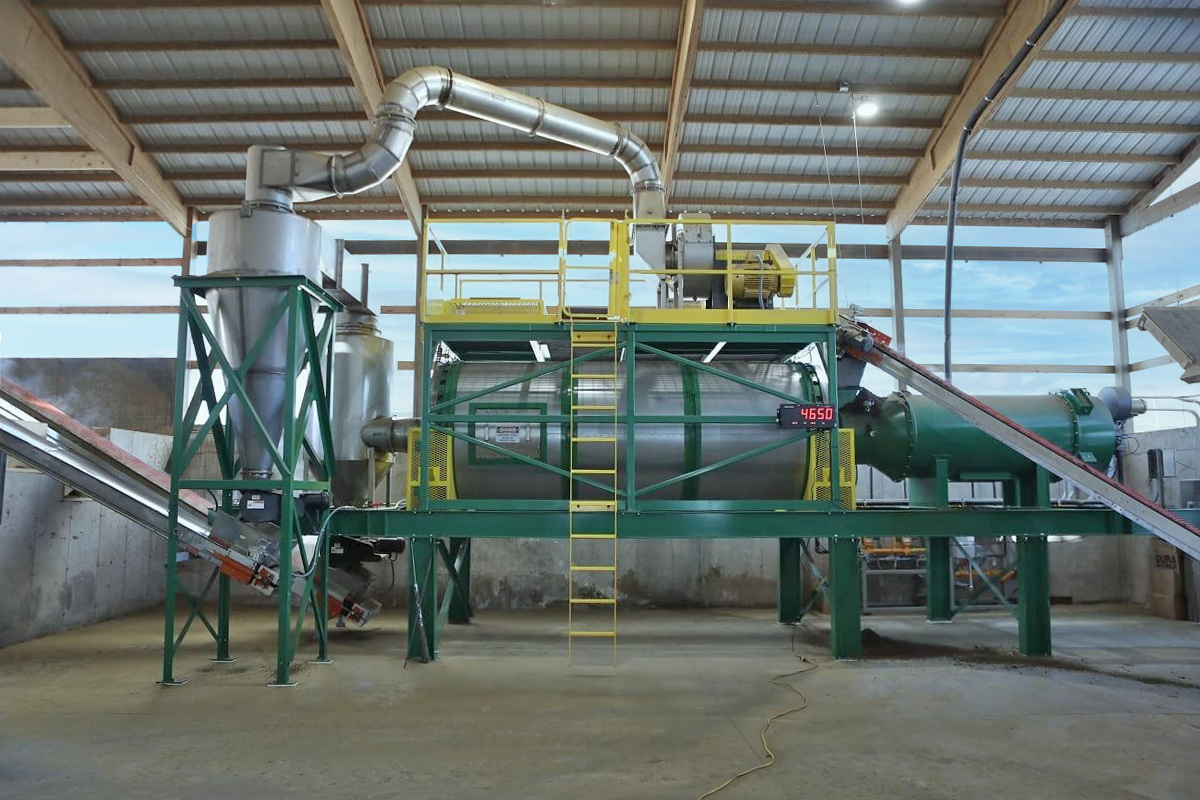McLanahan Bedding Dryers are designed and built for optimal thermal efficiency to keep operational costs as low as possible. Bedding material is retained in the dryer just long enough to remove moisture and achieve maximum pathogen kill before exiting the system.
High temperatures in the McLanahan Bedding Dryer system quickly and efficiently reduce moisture and kill pathogens that lead to poor cow health and low milk quality. The result is cleaner, drier bedding that can be reused instantly. In the barns, the freestalls are cleaner and more comfortable, ultimately resulting in healthier cows with higher milk production and lower somatic cell counts.
McLanahan Bedding Dryer systems are designed for quick, easy installation with minimal costs. Multiple sizes and many options are available to suit almost any drying need. The most common size systems arrive mounted on a frame. Simply attach and level the feet, mount the required ductwork and collectors, hook up the electricity, connect the energy source for heat, and you’re ready to produce cleaner, drier bedding. McLanahan Bedding Dryers are flexible and can operate on natural gas, propane, diesel, or on biogas produced from anaerobic digestion.
McLanahan Bedding Dryers require minimal operator interaction. Exhaust temperatures are monitored, helping to indicate the dryness of the material. Once a target exit temperature is established and set, the system automatically adjusts to maintain that desired exit temperature, ensuring a consistent final product. To feed the system, a hopper supplies material to the dryer at a constant rate. At the discharge, conveyors move the finished product to the desired storage location. The finished product is ready for bedding with no further handling required.

















